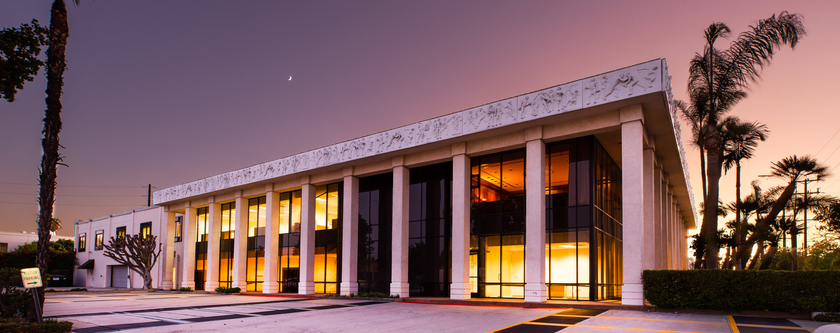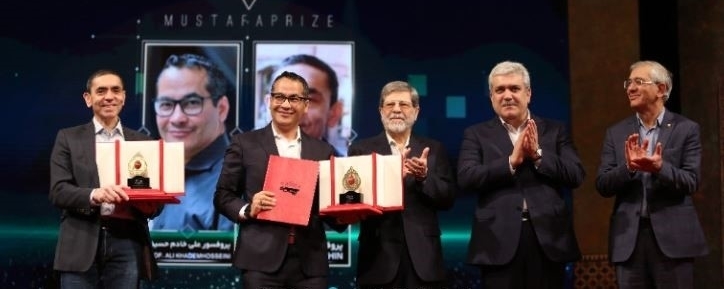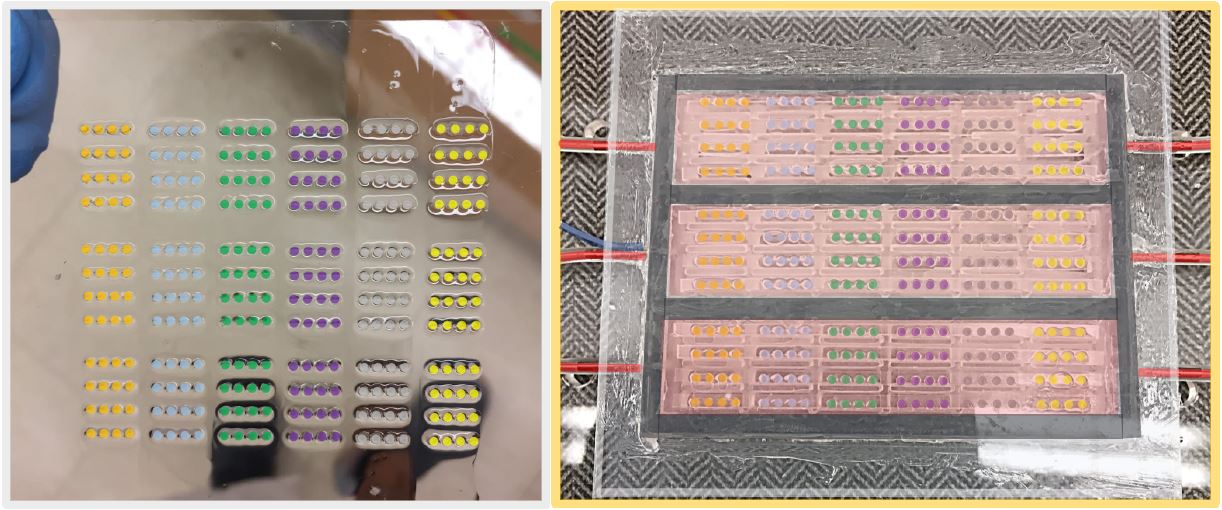May 27, 2020
Researchers at the Terasaki Institute enhance tool for extraction of samples used in monitoring patient health
(LOS ANGELES) – The interstitial fluid is a major component of the liquid environment in the body and fills the spaces between the body’s cells. In contrast, blood circulates only within the circulatory vessels of the body and is composed of blood cells and the liquid part of the blood, plasma. Both fluids contain special components called biomarkers, which are valuable indicators of bodily health. These biomarkers include various types of molecules such as proteins, hormones or DNA, and can also include drugs and metabolites.
When monitoring patient health, the standard source for the measurement of biomarkers is blood. Samples are drawn by venous puncture, most often from the forearm or from the veins in the hand. Occasionally there are problems in drawing blood when the veins are subject to collapse, or when they are very small or difficult to locate. Still other problems may occur when the veins “roll” or move from side to side. And as in any procedure that involves a wound to the skin, there is always the risk of infection that is introduced. The problems are compounded when patients are required to submit multiple samples over time.




